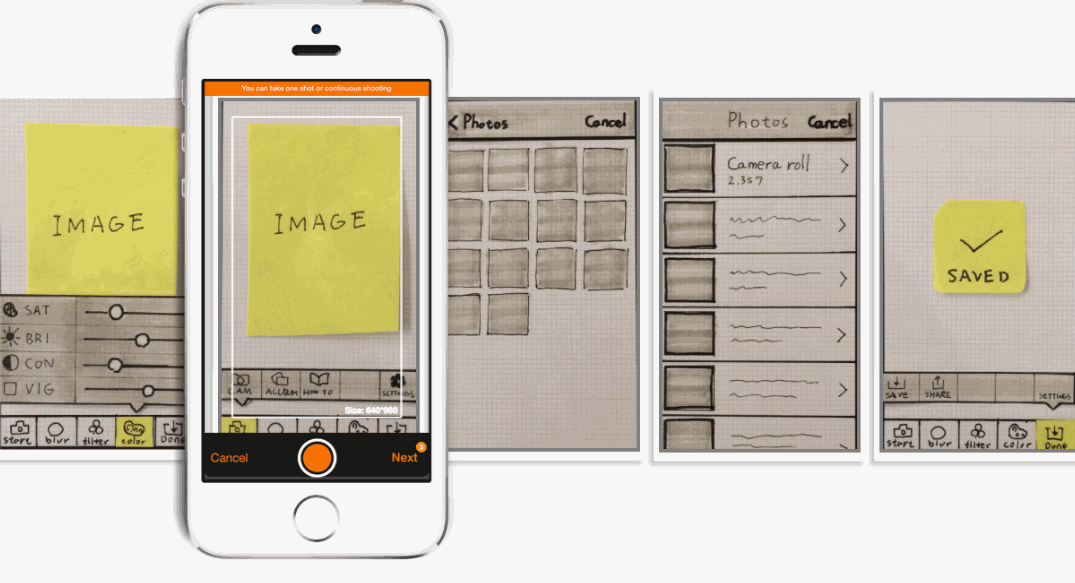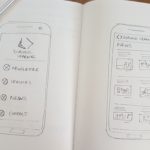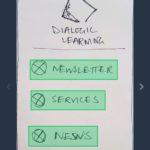Prototyping is all about the process of generating multiple versions of a solution so you can continually improve it.
Prototyping is one of the later stages of the design process and is normally folowed by a period of testing. You can make a prototype without testing it. This stage normally follows on from a time when you and your team have generated and filtered a range of ideas.
It would also be true to say that the sooner you are prototyping and testing the better as this often instigates new thinking quite quickly.
A different way of thinking about this stage is that prototyping is to engineer as many opportunities for feedback as you can. Feedback is the main reason anyone creates rough versions of anything. Rough and ready versions give us the chance to test and think about what works and what doesn’t. And to truly understand how bad our ideas are.
You have to remember that the only thing that is worse than a bad idea is one that has been isolated from feedback for too long.
Feedback is oxygen for your ideas. It will help them to grow and get stronger, starved of it and your ideas will get weaker.
When you create a rough prototype, first draft or early sketch you are using iteration to develop your creative ideas.
Often the first prototype you can create is the moment you describe your idea to someone else.
- What if we…
- Imagine that you…
Your FVP (first verbal prototype) is the kick to then begin representing your idea in a more tangible way.
I developed this little decision tree to help you and your students think through some ideas for prototyping.
A Visual Prototype will be one that focuses on the look (and feel) of the product, but it will not function. You will likely focus on:
- Sketches and illustrations
- Storyboarding a short video
- Digital / paper wireframes
- Creating the packaging for your product
- Making an advert for your service
- Photo sequence for a new service
- On-the-shelf mockup (placing your new packaging alongside competitors in a real store)
A Functional Prototype will be one that focuses on showing how something will work, even in a rudimentary way. The visual quality will be ignored.
- 3D printing
- Paper prototype and mockup
- App mockup
- PPT or Google Slides for a website mockup
- Bodystorming a service (using roleplay to act it out)
- Cardboard life scale mockup
You might also explore the following reflection promtpts to help you make the most of the prototyping process.
- Which type of prototype is most feasible / useful in the time you have?
- Why is your choice appropriate for the solution you are exploring?
- What resources and support will you need to build your prototype?
- Who are you testing your prototype on?
- What specific aspects of your idea do you want feedback on?
- How will you record feedback and ideas?
–

I discovered the little app POP by Marvel which is a fantastic way to quickly prototype ideas for apps. I drew around my phone and then did some sketches. Took some photos and added some links and hotspots and then you have a little functioning app.



Took me 5 minutes (including downloading the app) a great example of a functioning prototype. I need to work on the visuals!
If you enjoyed this post you should check out my article on the Prototyping Disposition and Learning in Perpetual Beta.
from The Curious Creative
http://edte.ch/blog/2018/03/09/prototyping-the-quickest-way-to-learn-how-bad-your-ideas-really-are/

No comments:
Post a Comment